What’s in Halloween Candy? You Probably Don’t Want to Know
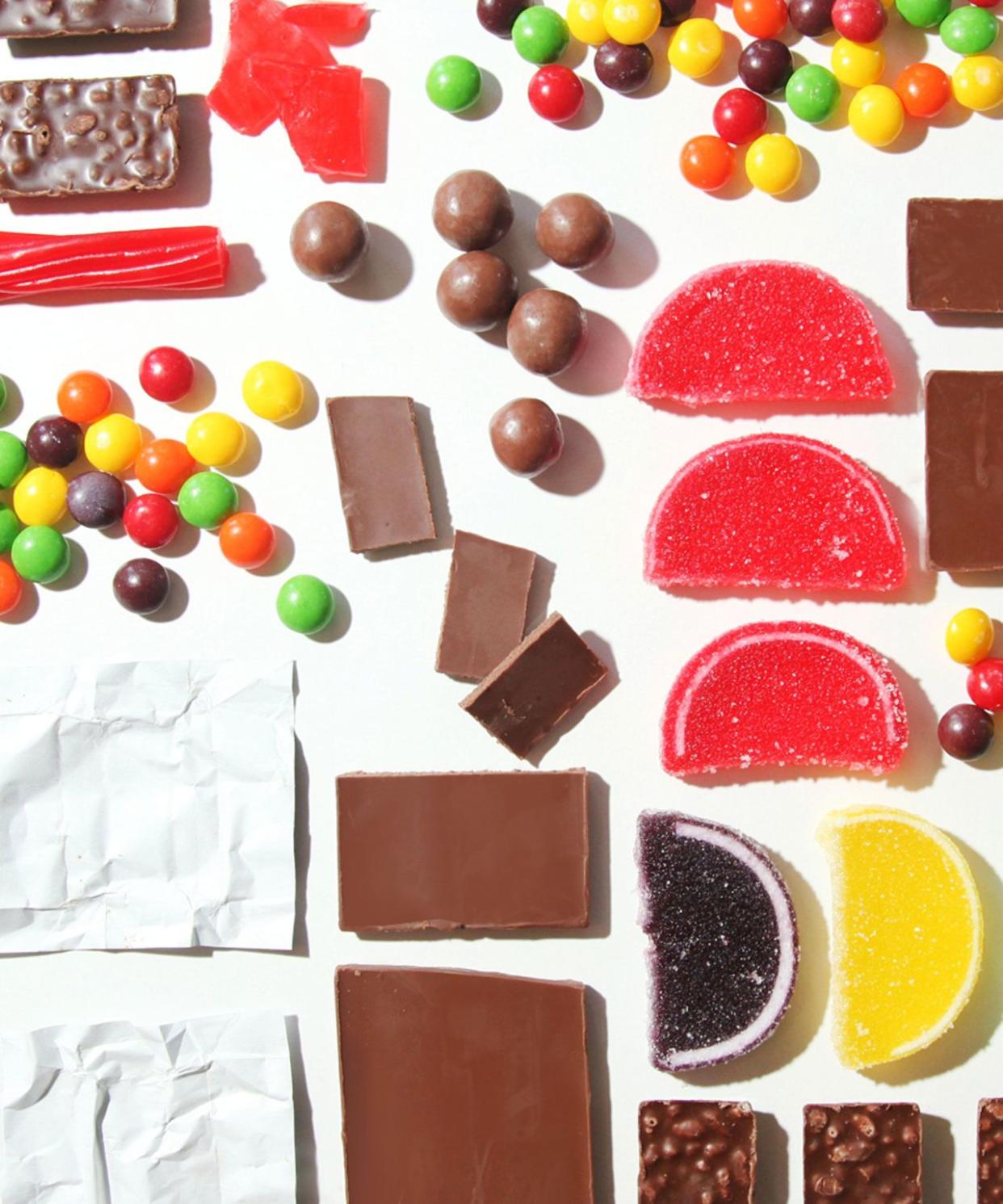
PHOTOGRAPHED BY CHRISTY KURTZ.
You know what’s a total buzzkill? Hanging out on your couch, enjoying some Halloween candy, only to then read the ingredients list. What IS this stuff you are ingesting? (And how do you even pronounce most of it?!) Food additives have been controversial as of late, and that’s why Ingredients: A Visual Exploration of 75 Additives & 25 Food Products by Steve Ettlinger and Dwight Eschliman is so valuable: The fascinating new book lays out these mysterious food additives, explaining what they are and how they came to be.
Inspired by our reading, we took three common Halloween treats and stripped them down to find out exactly what’s in them. Read on to find out what additives are lurking in your candy corn, Warheads, and Butterfingers, what they actually do, and what else they are used for (hint: everything from explosives to open-wound healing).
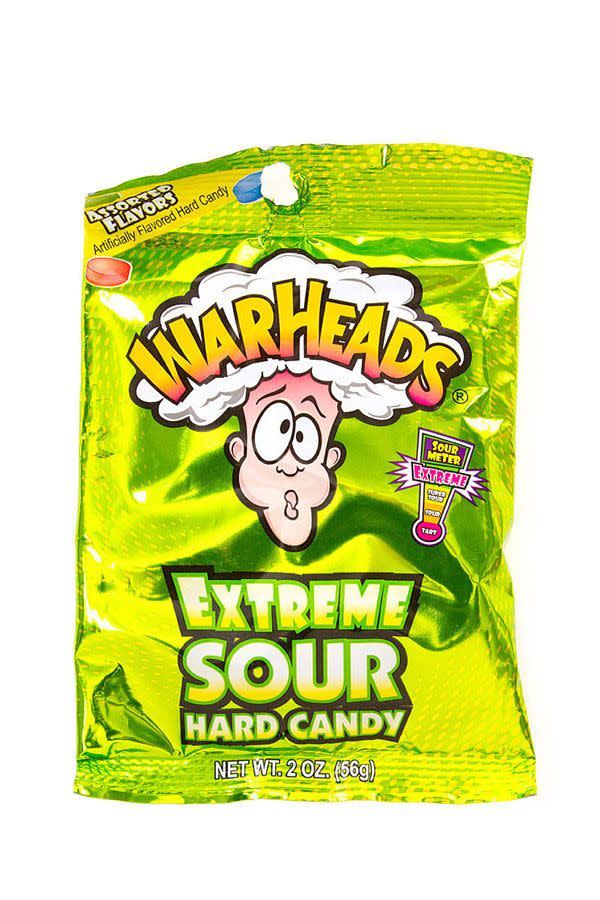
What’s in those Warhead candies that make your taste buds feel like they are going to explode off your tongue (Photo: Courtesy of Impact Confections)?

Soybean Oil
If you ever felt like Warheads were mini bombs detonating on your taste buds, you may be interested to know that soybean oil is extracted by being soaked with a toxic, explosive petroleum product known as hexane. Before you freak out, know this: Apparently, hexane “disappears” during a boiling process once the oil has separated. Phew! But also, “?!?!” (Photo: Dwight Eschliman).
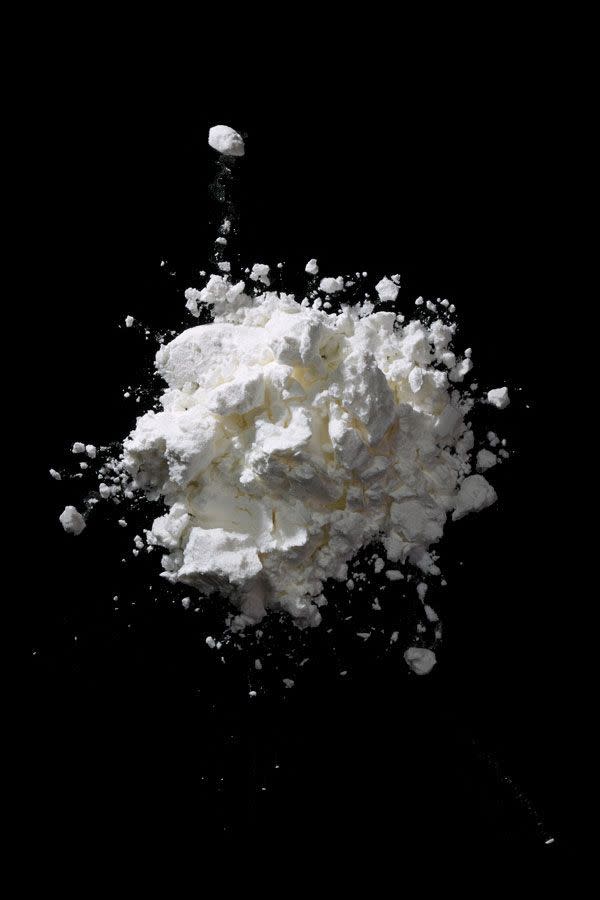
Cornstarch
Cornstarch is something we’re all familiar with, and seems to be in everything…and it kind of is. According to the book, 750 million pounds of cornstarch are produced each year, but only 7% of it goes into food. The rest? You can find it in paper products and cardboard, as well as textiles, film, food containers, furniture, and more (Photo: Dwight Eschliman).
Related: What Losing 110 Pounds REALLY Looks Like
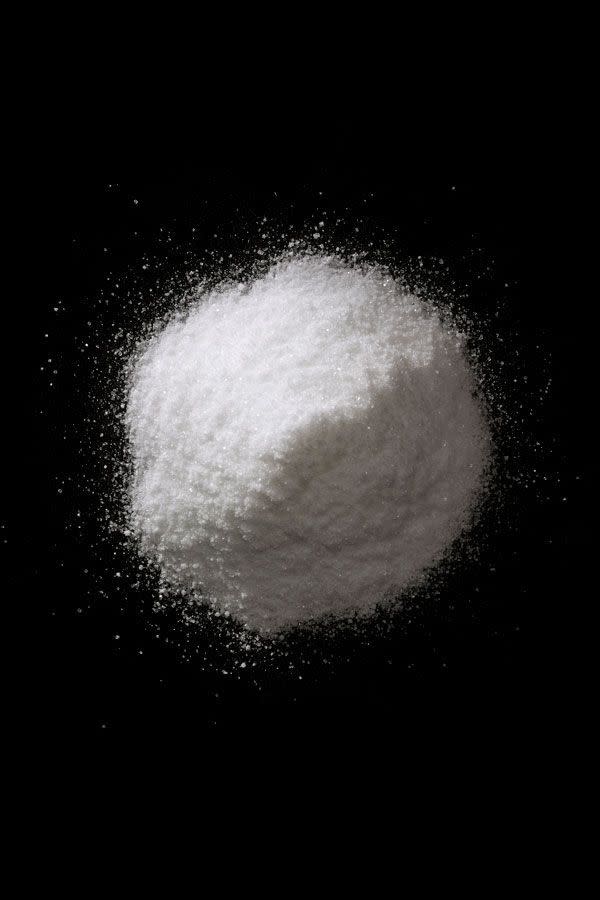
Ascorbic Acid
Fear not! Ascorbic acid is just a fancy science name for vitamin C. According to Ingredients, all the factories making ascorbic acid these days are in China, except for one in Scotland. The process behind how it’s made is a trade secret, but we know it has multiple applications beyond food (including in photographic developers and as an industrial stain-remover). (Photo: Dwight Eschliman).

Love it or hate it, candy corn is ubiquitous this time of year. But what’s actually in this famous treat (Photo: Dwight Eschliman)?

Dextrose
Turns out dextrose is quite the show pony: This food additive does everything from adding “smoothness, flavor, and shelf life to tobacco” to bringing “glossiness and pliability to shoe leather.” It also “stabilizes adhesives, prolongs the setting of concrete, moisturizes air-fresheners, and controls evaporation of perfumes.” Also, you know that lotion you’ve had on your bathroom shelf for, like, years and years? Well, it’s probably still creamy thanks to dextrose. If the thought of ingesting this chemical is making you a little queasy now, rest assured that it is absorbed as simple glucose (sugar) when it hits your bloodstream (Photo: Dwight Eschliman).
Related: This 30-Day Upper-Body Challenge Will Transform Your Arms & Shoulders

Gelatin
Well, first some good news: Gelatin is not made from hooves, as you may have heard. But it is made from “cow bones, cow hides, pig skins, and bones, sometimes even some fish skin.” Ugh. The process of making gelatin involves extracting protein and converting it into collagen. While that might seem like it requires super-modern machinery and chemical manipulation, the production of gelatin actually goes as far back as 1685 in the Netherlands and about 1700 in England, according to Ingredients. It also has a bunch of industrial applications, like cosmetics, pharmaceuticals, paper-coating, printing, and more (Photo: Dwight Eschliman).
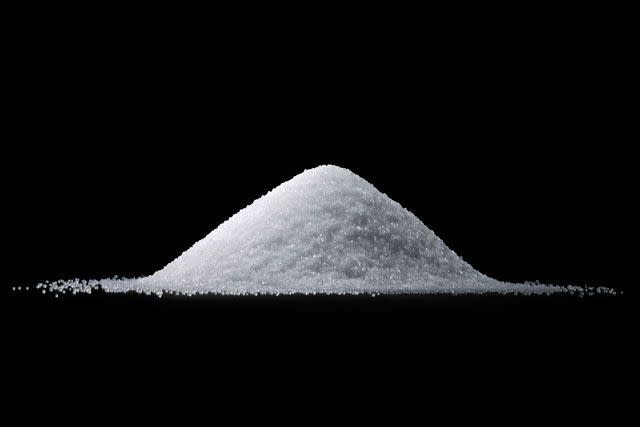
Salt
I know this one is also not a shocker, but since it’s my favorite food additive (I’ll take salty fries over candy any day), I had to include it. My personal preferences aside, did you know that salt is technically an edible rock that has an estimated 14,000 industrial uses?! And next time you spill the salt, think about this: Salt was once considered as valuable as gold. In fact, Roman soldiers were paid in salt, giving rise to the word “salary.” Intrigued? There is an entire book on the history of salt and its tremendous influence on human history (wars, trade routes, and much more). (Photo: Dwight Eschliman).
Related: The Secret To The Perfect Plank
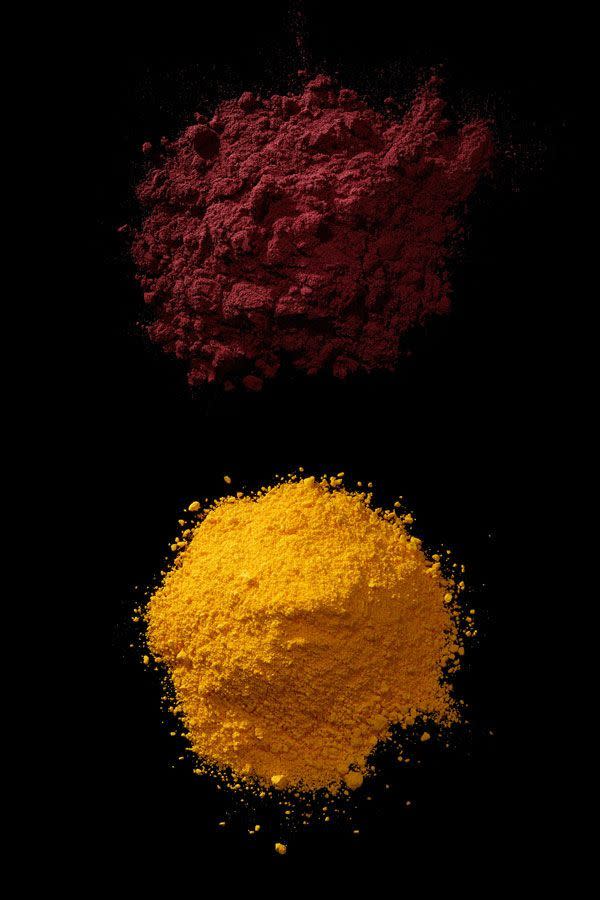
Yellow 5
Food dyes are a mystery, and reading about this just made me more confused: Yellow 5 is also known as tartrazine, and it’s made from “gray powders” that are “atomized in a spray-drier with walls so hot that when the mist hits them, it dries immediately into a perfectly colored powder.” Say what? Whatever. Suffice it to say that this hard-to-conceptualize process happens enough to make 17 million pounds of artificial food coloring every year. Also, there is no taste or preservative quality to Yellow 5; it’s just an additive that colors food for “psychological reasons” (Photo: Dwight Eschliman).
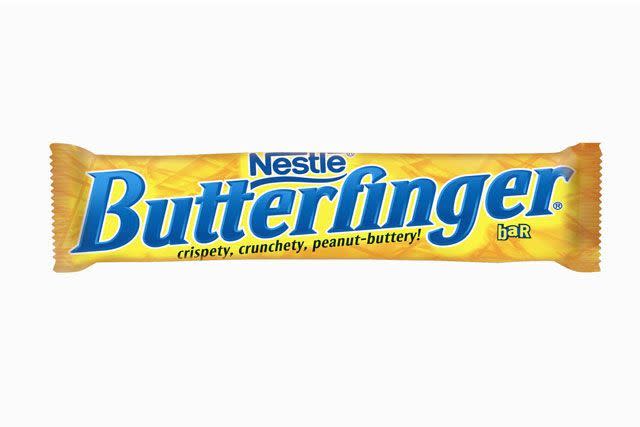
Will you still lay your finger on a Butterfinger when you find out what’s in it (Photo: Dwight Eschliman).
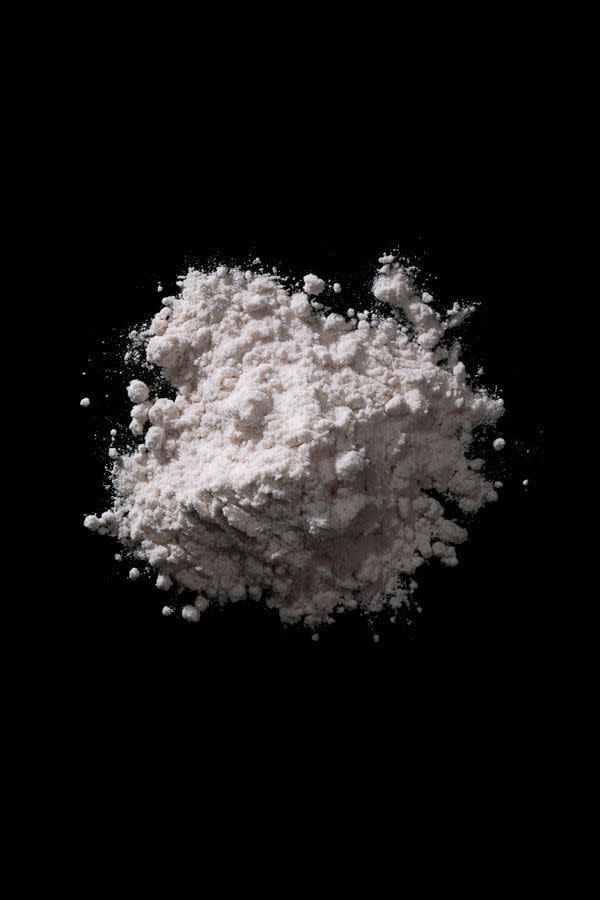
TBHQ
This ingredient really is fit for Bart Simpson: In extremely low doses, TBHQ is used as an antioxidant, but you know what else it does? It makes “a good corrosion inhibitor in biodiesel fuel [and] helps to slow the evaporation of lacquers and paints.” So, yeah, in high doses it can be toxic or fatal. But again, no need to fear — Ingredients assures us that we would need to eat over 300 Chicken McNuggets in one day to get sick. And for those McNuggets addicts out there, no need to worry — TBHQ doesn’t accumulate in your system (Photo: Dwight Eschliman).
Related: 4 Crazy Makeup Hacks You Need To Learn Now
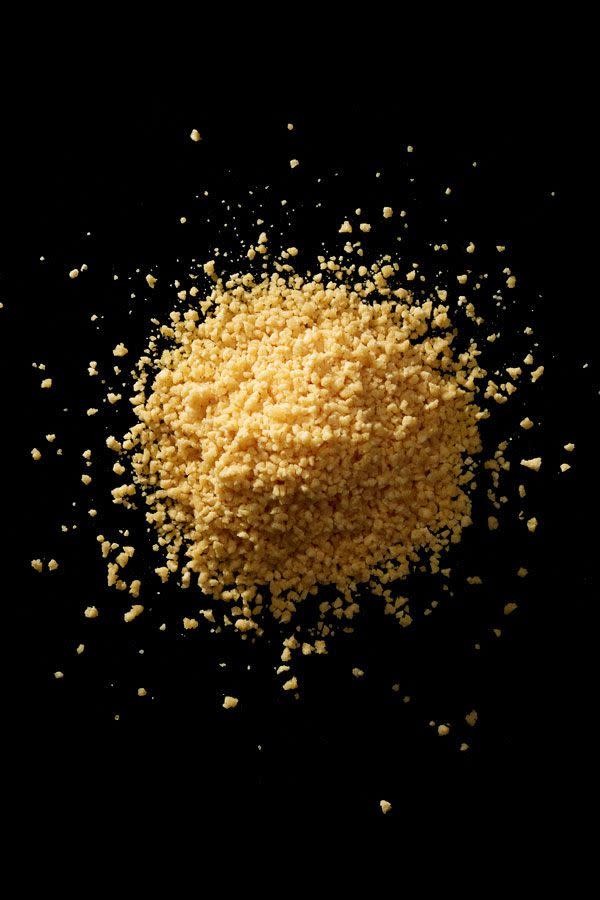
Soy Lecithin
It used to be known as a waste product, but now soy lecithin is an ingredient in everything from food to printing inks, cosmetics, waxes, adhesives, lubricants, and explosives. In fact, there are trace amounts of soy lecithin “in almost all living cells.” When it comes to food, the ingredient is a superstar for bakers, doing everything from “improving dough handling, moisture retention, texture, volume, browning, and shelf life.” Only thing I don’t know now is how to actually pronounce “lecithin” (Photo: Dwight Eschliman).

Sugar
Okay, okay, I know this one is not a shocker, but I thought there were some pretty cool sugar factoids in this book that are worth sharing. Like this one: Sugar is not only sweet, but it’s also widely used in foods because it “steals water from bacterial cells,” which prevents spoilage. That helps create our favorite jellies and jams, but has also been used by medics to prevent infection. Also, did you know that sugar was first refined in India, and that the word “sugar” derives from a Sanskrit word (“sharkara”)? Beyond food, it also plays a big role in fortifying cement, and can also be used as a substitute for charcoal in gunpowder mixtures (Photo: Dwight Eschliman).

Curious to see and learn more about the additives in your favorite foods? Ingredients: A Visual Exploration of 75 Additives & 25 Food Products includes an index in the back that breaks down additives in snacks and drinks like Doritos, McDonald’s Chicken McNuggets, Naked Juice, Red Bull, and more.
By Elettra Wiedemann

